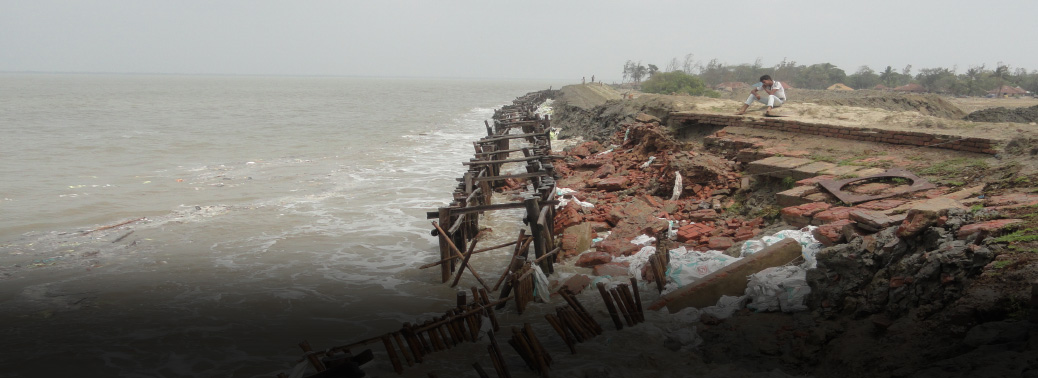Migration in Bengal delta driven by livelihood issues, social factors
18, Mar 2019

Economic reasons are the precipitating factor for migration in the Indian Bengal Delta that comprises the Sunderbans reveals an international study titled Deltas, Vulnerability and Climate Change: Migration and Adaptation (DECMA).
The study also points out that there is huge gender disparity when it comes to those migrating from the region.
Prevailing Situation:
When it comes to migration in the Indian Bengal Delta, the study finds a huge gender disparity, with men outnumbering women by almost five times.
It shows that of the people migrating 83% are men and only 17 % are women. While most of the men migrate due to economic reasons, women do so, driven by mostly social factors.
The DECMA report also finds that most migrants both in case of men and women are young, in the age group of 20-30 years.
In the Sunderbans there are villages where most of the men have migrated for work and the responsibility of the family and agriculture falls on the women.
Even though the women are doing all the work back home, they have little freedom to take decisions on their own and have to consult their men over telephone for any major decision.
In terms of the destination of migrations, the study finds that 51% of migration from the Indian Bengal Delta is to other areas of the State particularly to the city of Kolkata, 10% to Maharashtra, 9% to Tamil Nadu, 7% Kerala and 6% to Gujarat.
It shows that 57% of migration is seasonal, where people move once or twice a year; 19% is circular where those migrating move thrice a year irrespective of reasons and 24% permanent where people intend to stay for at least six months in the place they are migrating to.
According to experts behind the study, one of the reasons for migration is failed adaptation in the areas which are under stress due to climate change.
Vulnerable areas
In the study, experts also map the climate change hot spots and highest risk areas of Sunderbans based on an analysis of climate change hazards. The areas of Gosaba, Basanti, Kultali, Sagar, Kakdwip, Namkhana, Canning and Mathurapur (all in South 24 Parganas) have high levels of agriculture dependency and so are sensitive to climate hazards such as flood and salinity.






